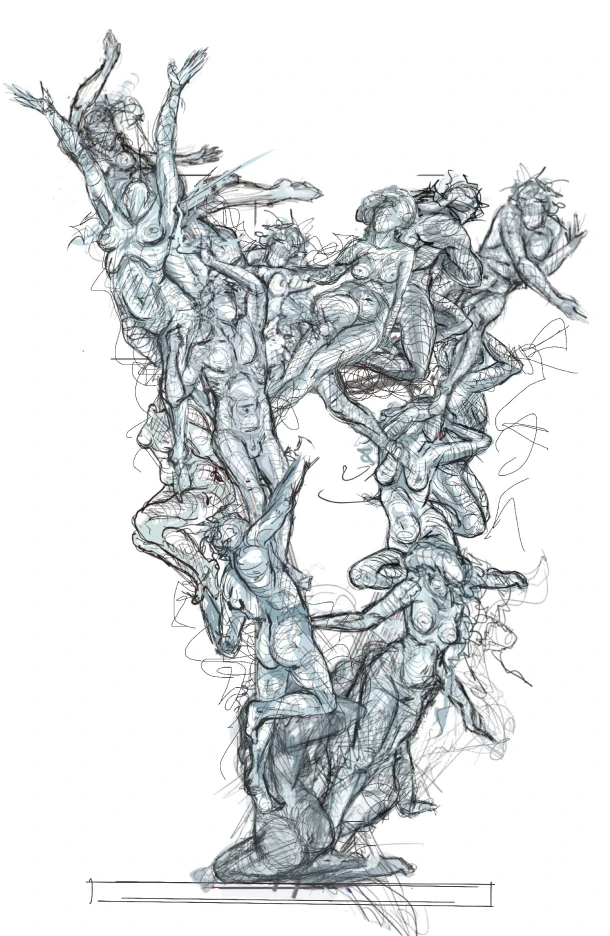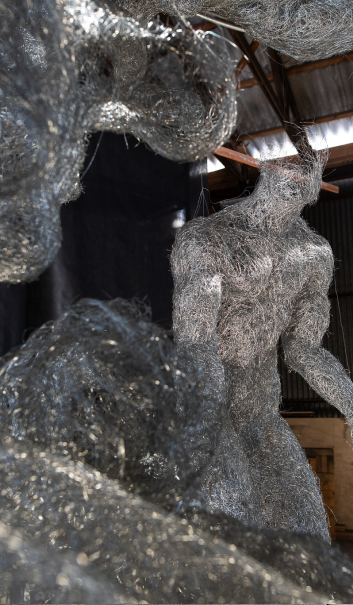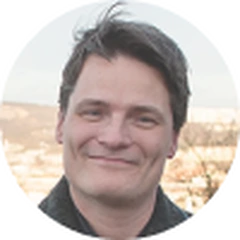PERPETUO is a site-specific installation created for the single-aisle Renaissance space of the Church of Santa Maria della Visitazione in Venice. It is a work that stands as a threshold between the real, the spiritual, and the virtual worlds, between which the Western civilization is gradually groping its way, often failing to distinguish their boundaries. In this sense, the never-ending loop of the figurative composition is a materialization of contemporary social architecture.
PERPETUO is a sculptural paraphrase of the endless proliferation of visual posts that dominate our reality; from automated scrolling on social networks and tailormade advertisements to the most private areas of everyone’s life. PERPETUO thus creates a unique space to stop and reflect on what we still perceive as real on the “net” and what is no longer real.
PERPETUO is a representation of the eternal human need to idealize the stories we tell as we wish them to be perceived. Throughout the history of mankind, only the means of expression have changed.
Nowadays, social media profoundly influence both our real and our spiritual worlds, whether we like it or not. We cling to the “net” like people cling to religion. We seek solace, encouragement, inspiration, and a space to share emotions and experiences. The only question is whether it gives our soul more than it takes from it…
PERPETUO could be installed possibly anywhere, but the unique combination of PERPETUO and the space of the church gives strength to the juxtaposition of the present with the tradition of history and art in Renaissance architecture, in a place where for centuries the faithful have turned to God.
Veronika Psotková



